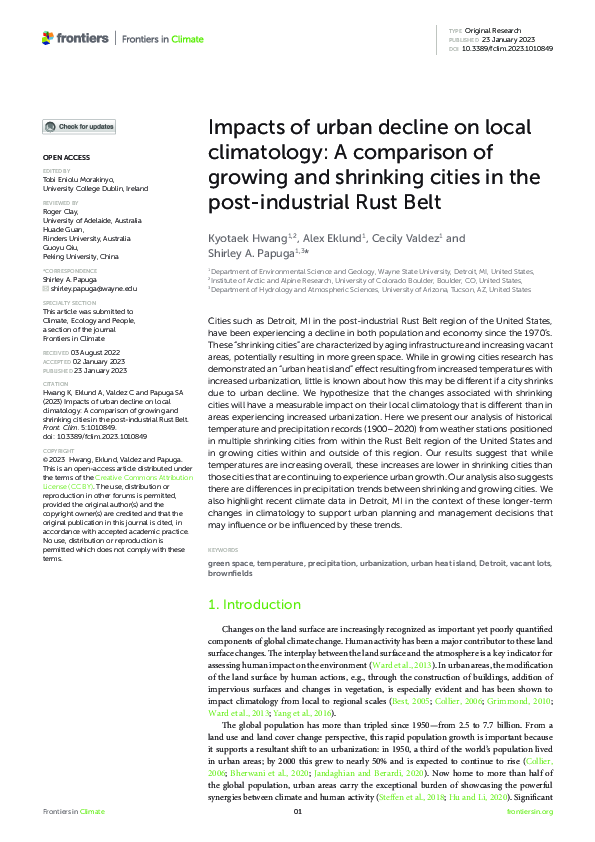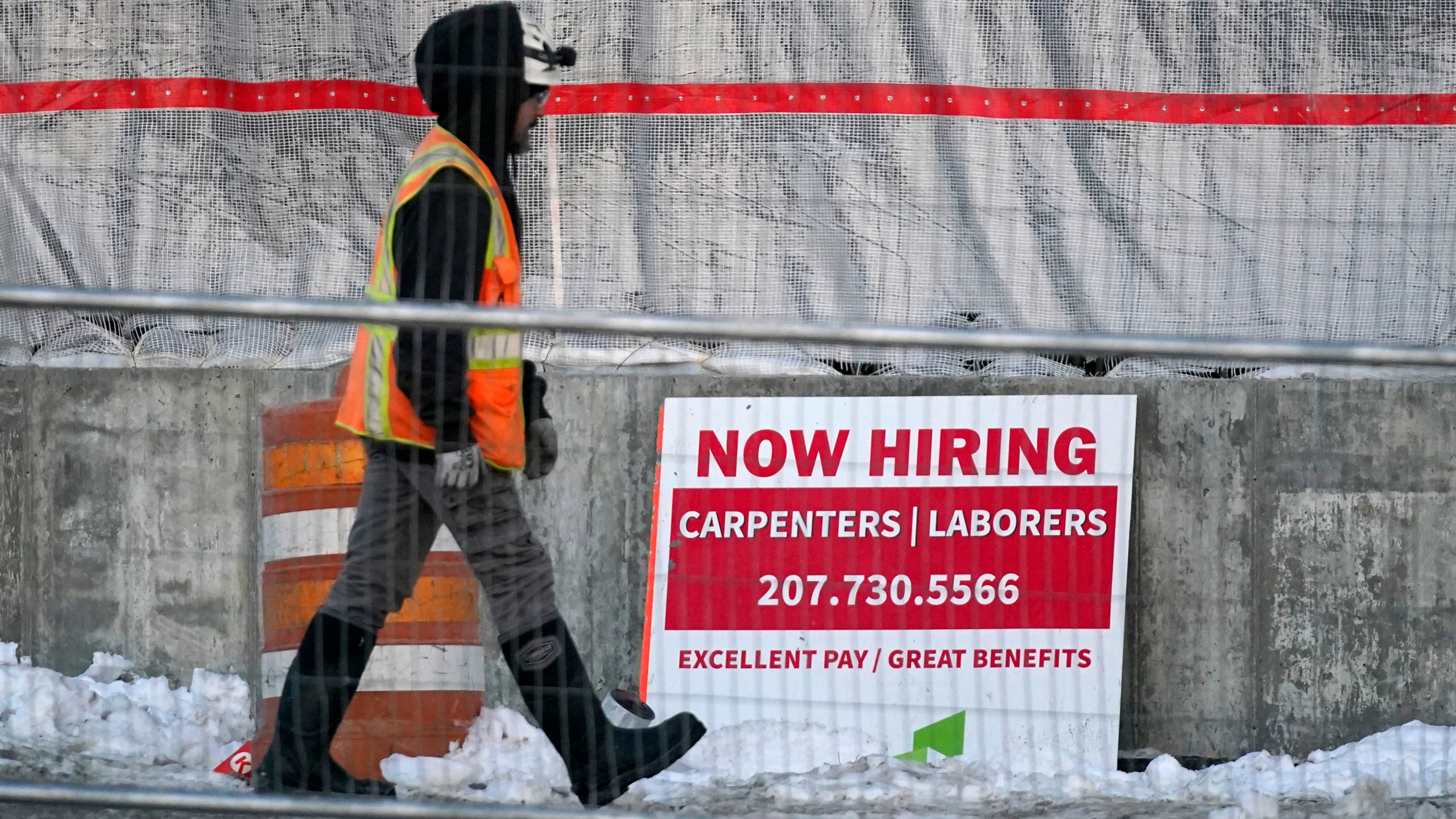The Bust After The Boom: How Shrinking College Enrollment Impacts Local Economies

Table of Contents
The Direct Economic Impact of Fewer Students
Shrinking college enrollment directly impacts the financial health of colleges and universities and the spending habits of students and faculty, creating a ripple effect throughout the local economy.
Reduced Revenue for Colleges and Universities
The most immediate consequence of shrinking college enrollment is reduced tuition revenue. This loss of income forces colleges to make difficult budgetary decisions, often resulting in:
- Staff reductions: Layoffs of professors, administrative staff, and support personnel.
- Program cuts: Elimination of less popular or less profitable academic programs.
- Decreased spending on infrastructure and maintenance: Postponement or cancellation of planned construction projects, renovations, and campus improvements.
- Reduced investment in research and development: Less funding available for crucial research initiatives.
This reduced spending by colleges and universities has a multiplier effect. When colleges cut back, local businesses that rely on their spending—contractors, suppliers, and service providers—also suffer, leading to a broader economic downturn.
Decreased Spending by Students and Faculty
Fewer students and faculty on campus mean less money circulating within the local economy. This decreased spending directly impacts various businesses, including:
- Housing rentals: Reduced demand for student apartments and off-campus housing.
- Restaurants and cafes: Lower patronage from students and faculty.
- Bookstores and supply stores: Less demand for textbooks and other academic materials.
- Entertainment venues: Decreased attendance at sporting events, concerts, and other campus activities.
The cumulative effect of this reduced spending can be significant, particularly in towns and cities heavily reliant on the college or university as a major economic driver. Estimates suggest that the loss of even a small percentage of students can translate into millions of dollars in lost revenue for local businesses.
The Ripple Effect on Related Industries
The impact of shrinking college enrollment extends far beyond the immediate vicinity of the campus, creating a ripple effect throughout related industries.
Impact on the Real Estate Market
Decreased student enrollment leads to lower demand for student housing. This can result in:
- Vacant properties: Empty apartments and houses, leading to lost rental income for landlords.
- Decreased property values: A surplus of available housing can drive down property values in the surrounding neighborhoods.
- Challenges for property developers: Reduced investment in new student housing projects.
These effects can have long-term implications, impacting the overall stability and health of the local real estate market.
Effects on Local Employment
Job losses are an inevitable consequence of shrinking college enrollment. The impact extends to various sectors:
- Higher education: Professors, teaching assistants, administrative staff, and support personnel face potential job losses.
- Local businesses: Restaurants, shops, and entertainment venues experience reduced demand, leading to staff reductions or closures.
- Construction and related industries: Fewer construction projects due to reduced college spending.
These job losses contribute to increased unemployment rates, further depressing the local economy and reducing overall consumer spending.
Strategies for Mitigation and Adaptation
Addressing the challenges posed by shrinking college enrollment requires a multifaceted approach involving both colleges and the wider community.
Diversifying the Local Economy
Over-reliance on a single economic engine, such as a university, makes a community vulnerable to downturns. Diversification is key:
- Attracting new businesses and industries: Targeting businesses in sectors unrelated to higher education, such as technology, manufacturing, or tourism.
- Developing infrastructure to support new industries: Investing in transportation, communication, and other essential infrastructure.
- Promoting entrepreneurship and small business development: Creating a supportive environment for local entrepreneurs to thrive.
A more diverse economy is more resilient and less susceptible to the shocks caused by declining college enrollment.
Innovative Approaches by Colleges
Colleges themselves need to adapt to the changing landscape. Strategies include:
- Expanding online programs: Reaching a wider student base beyond the geographical limitations of the campus.
- Offering new and in-demand degree programs: Meeting the evolving needs of the job market and attracting more students.
- Improving marketing and recruitment strategies: Effectively attracting prospective students in a competitive higher education landscape.
- Strengthening partnerships with local businesses: Creating mutually beneficial relationships that support the local economy.
Successful examples of colleges adapting to shrinking enrollment demonstrate the importance of innovation and strategic planning.
Conclusion
Shrinking college enrollment has significant and cascading economic impacts on local communities, affecting colleges, businesses, and the overall employment landscape. Reduced revenue for colleges translates into less spending, leading to job losses and decreased demand for goods and services. The ripple effect extends to the real estate market and related industries, creating a complex web of economic challenges. However, proactive strategies like diversifying the local economy and implementing innovative approaches by colleges offer pathways to mitigate the negative effects and ensure long-term economic health. Understanding the impact of shrinking college enrollment is crucial for the future economic health of our communities. Learn more about how your community can adapt and thrive by researching local economic development initiatives and engaging with your local government and educational institutions.

Featured Posts
-
 D Wave Quantum Qbts Unpacking Todays Significant Stock Price Movement
May 20, 2025
D Wave Quantum Qbts Unpacking Todays Significant Stock Price Movement
May 20, 2025 -
 Solo Travel Finding Freedom And Self Discovery On The Road
May 20, 2025
Solo Travel Finding Freedom And Self Discovery On The Road
May 20, 2025 -
 Fate Of Abc News Show Uncertain Following Mass Layoffs
May 20, 2025
Fate Of Abc News Show Uncertain Following Mass Layoffs
May 20, 2025 -
 82 Ai
May 20, 2025
82 Ai
May 20, 2025 -
 Technologies Spatiales Le Mass Lance Une Nouvelle Ere Pour L Afrique A Abidjan
May 20, 2025
Technologies Spatiales Le Mass Lance Une Nouvelle Ere Pour L Afrique A Abidjan
May 20, 2025
